
Ramp up your solar power production with our new solar kits of 4 to 8 panels!
By popular demand, we recently added kits of 4, 6 and 8 solar panels to our product range. Today we want to explain the difference between a plugin solar kit of 1 or 2 panels and a solar kit of 4 to 8 panels, both in terms of production and economics, as well as installation and activation procedures.
What are solar kits and how are they different from plugin solar kits?
Robinsun solar kits with more than 2 solar panels are still self-installable but require a certified installer to check your installation and register it before connecting it to the grid. In most cases, sadly, no installer will come for even 8 panels, the biggest kit we currently offer. But you have nothing to worry about. Installing solar kits of 4 to 8 panels by yourself is just as easy as installing a plugin solar kit of 2 panels. We provide you with all the components needed for the installation.
We continue using 800 W micro inverters installed in series also on bigger solar kitsThis makes your 4 to 8 panel solar installation more flexible, increasing your production. If one of your solar panels or micro inverter shuts down or reduces output, for example because of temporary shading or spots of dirt on the panels, the other solar panels and micro inverters are still working and producing power for you at full force. If you install one inverter for all of your solar panels, issues on one solar panel will shut or slow down the entire circuit and stop or lower the production.
While you can complete most installation procedures by yourself, we need to stress that it’s essential that a professional handles the final connection to the grid and the commissioning of your solar kit system.
The 4-solar-panel solar kit contains two sets of our Performance 800 plugin solar kits. In total, there will be 4 solar panels and 2 micro inverters. The max. output capacity is 1.600 W. The kit includes one Schuko-Betteri cable to connect your kit to your home, and one Betteri extension cable to connect the two micro inverters in series. You can choose the mount that suits your home best as we offer 20° mount, 60° wall mount, 90° wall mount, 90° balcony mount, and tile roof mount. You can choose to connect them with a Betteri extension cable and plug into 1 socket or use them as 2 separate solar kits.
The 6-solar-panel solar kit combines the 4-panel kit above and an additional Performance 800 which is 6 solar panels and 3 micro inverters. You will receive two Schuko-Betteri cables and one Betteri extension cable to connect two or your micro inverters. You can choose your mount according to your home. We have various options for you to choose from. If you want to connect all 3 micro inverters in series, you will need a thicker cable to connect them to the grid. We currently do not provide these (yet).
The 8-solar-panel solar kit is 2 times the components as the 4-solar-panel plugin solar kits, with 8 solar panels, 4 micro inverters, 2 Schuko cables and 2 Betteri extension cables. As always, different mounts are available to best suit your needs.
What are your savings?
With our latest bifacial plugin solar kits with 2 solar panels facing south at 20° in Spain, you are expected to save up to €458 per year. The payback time is below 2 years (€799 / €458 = 1,75).The savings for bigger kits is simple to calculate by multiplying 2, 3 or 4 times which reaches an astonishing amount of €916, €1.374, and €1.832. Solar kits get cheaper as the number of solar panels increases. So, your payback time should be even shorter compared to buying a smaller plugin solar kit.
|
Number of bifacial solar panels |
Price (With mount 20°, 3m cable) |
Savings per year |
Payback time |
|
2 |
€799 |
€458 |
1,75 |
|
4 |
€1.499 |
€916 |
1,64 |
|
6 |
€2.199 |
€1.374 |
1,61 |
|
8 |
€2.899 |
€1.832 |
1,58 |
Certify your solar kits
As mentioned above, the installations of 4 to 8 solar panels all require an installer to connect them to the grid. The main advantage of getting and installing a solar kit yourself is that you get the best hardware (no normal installer offers this) at an amazing price. And since you can install the components yourself, you will also pay less labor fees. You will only need the installer to check what you did, connect the kit to the grid (maybe laying a dedicated power line and installing a dedicated protection in your power closet), and certify it. This is a lot less work and hassle for the installer, and he should charge you a lot less.
In Spain, we provide a CIE service for you from 1 to 2 panels plugin solar kit to bigger solar kits with 4, 6 or 8 solar panels (CIE Plus). All you have to do is provide us with a scanned copy or photo of your ID, a copy of a recent power bill, and your property’s cadastral reference (This can usually be found online or on your property deeds), wait for your certification, and start saving or even earning surplus.
In Portugal, the procedure is more complicated. In order to get the compensation for surplus energy, you need to go through the following steps.
- Communication to DGEG: Submit a prior communication for installations between 700 W and 30 kW.
- Obtain CPE and sign a sales contract: After installing and registering your solar panels, contact E-redes to request your producer's Delivery Point Code (CPE), which is different from the CPE on your electricity bill.
- Find a buyer for your surplus energy: With the CPE, search for a company willing to buy your surplus energy. You can find a list of energy companies on the Entidade Reguladora de Serviços Energéticos (ERSE) website or contact the Association of Energy Traders in the Liberalized Market (ACEMEL).
- Negotiate and sign a contract: Contact these companies to negotiate the terms and prices. Once both parties agree, sign a contract for selling your surplus energy.
- Share required information: Provide necessary information to the companies, including your Mera Comunicação Prévia (MCP) number from the DGEG portal, production capacity, and some personal data.
You can avoid DGEG registration by installing a zero feed-in device. With the smart meter of the Anker Solarbank 2 battery system, this is the case. You avoid DGEG registration, store all your surplus and use it when the sun doesn’t shine, buying even less power from the grid.

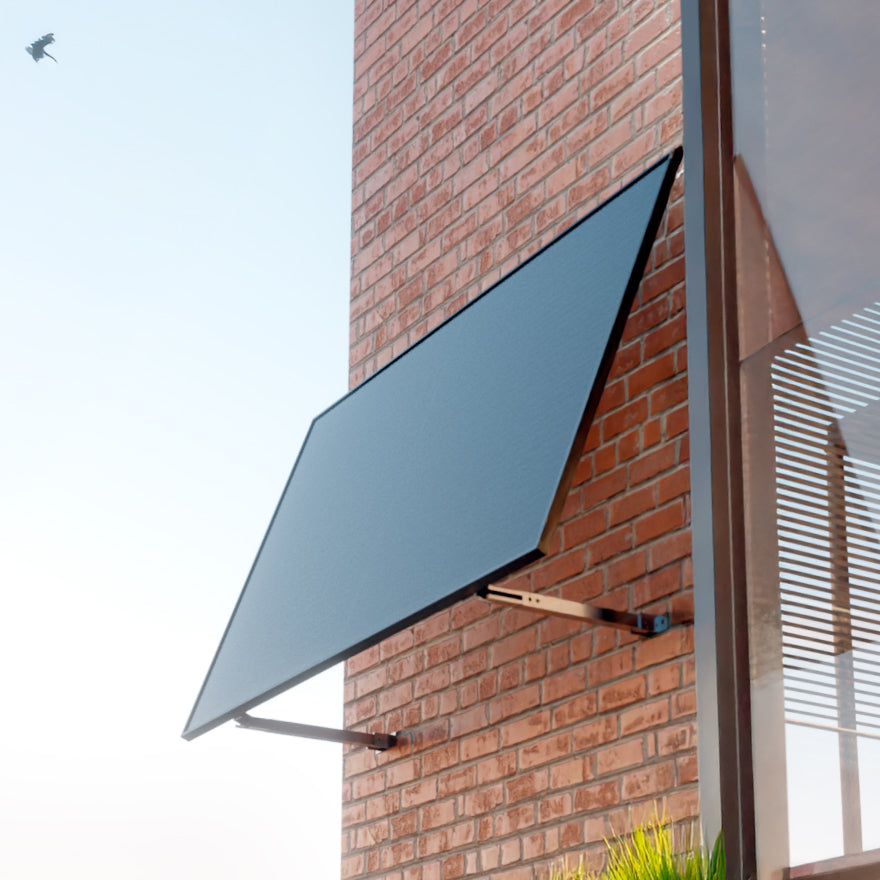
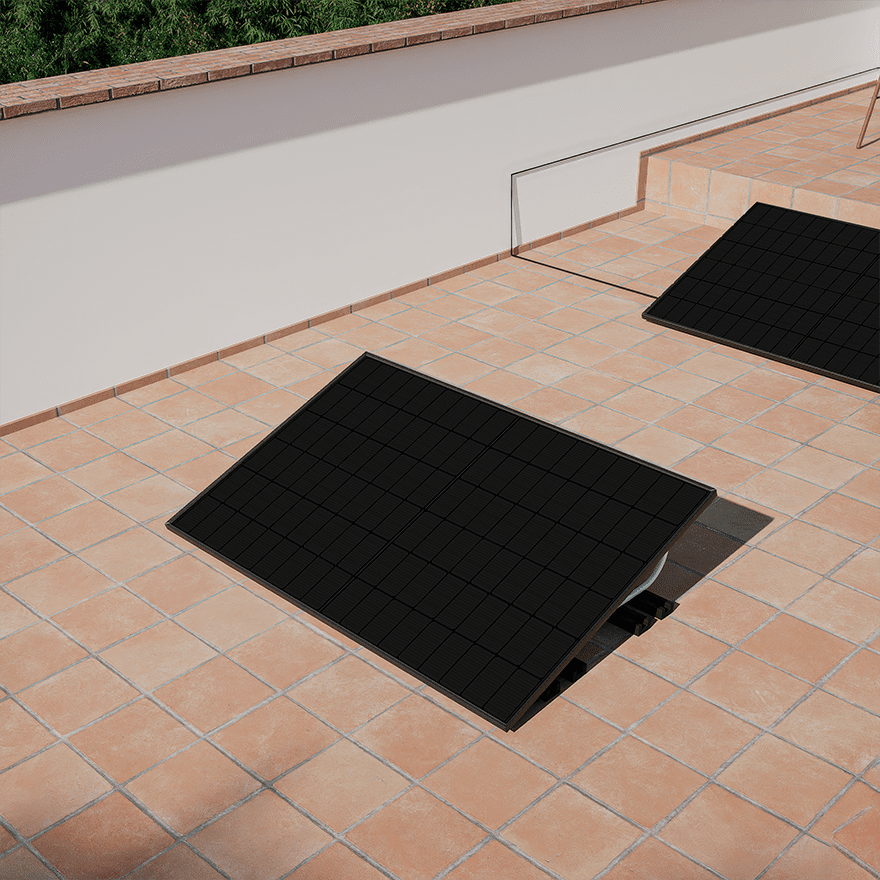
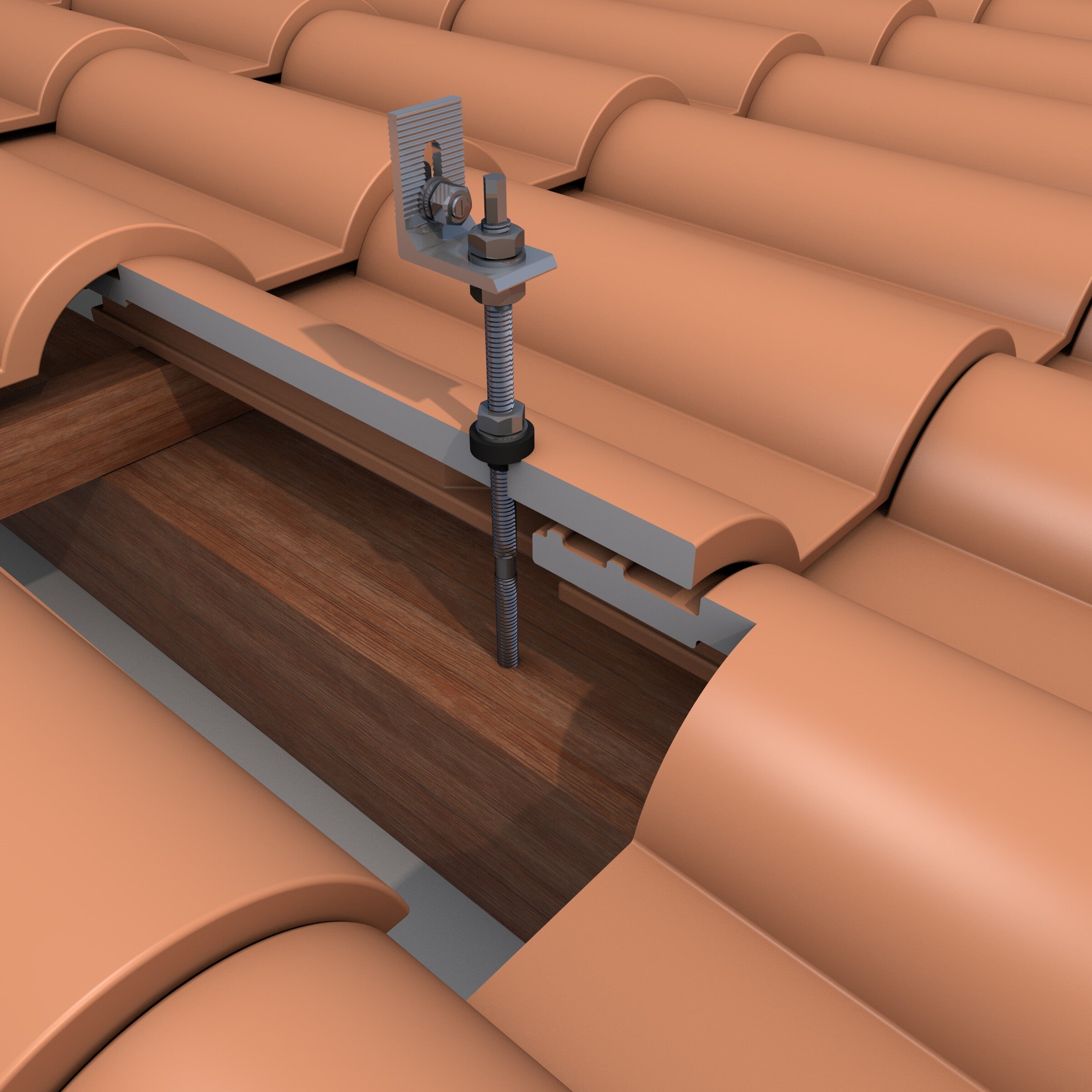
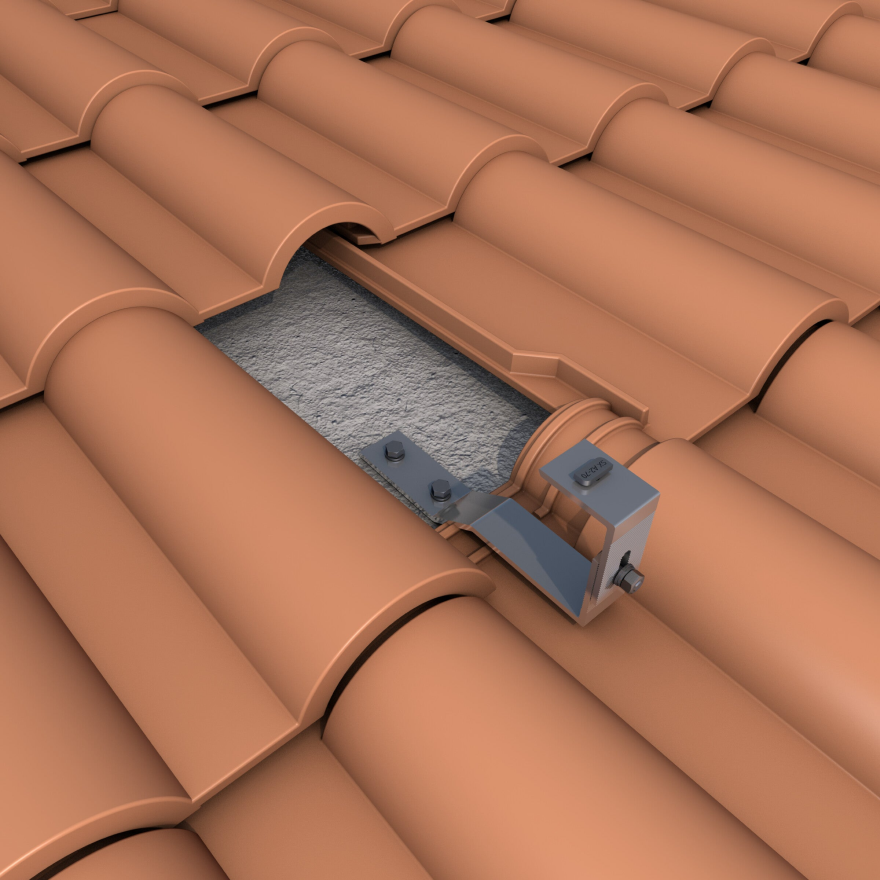
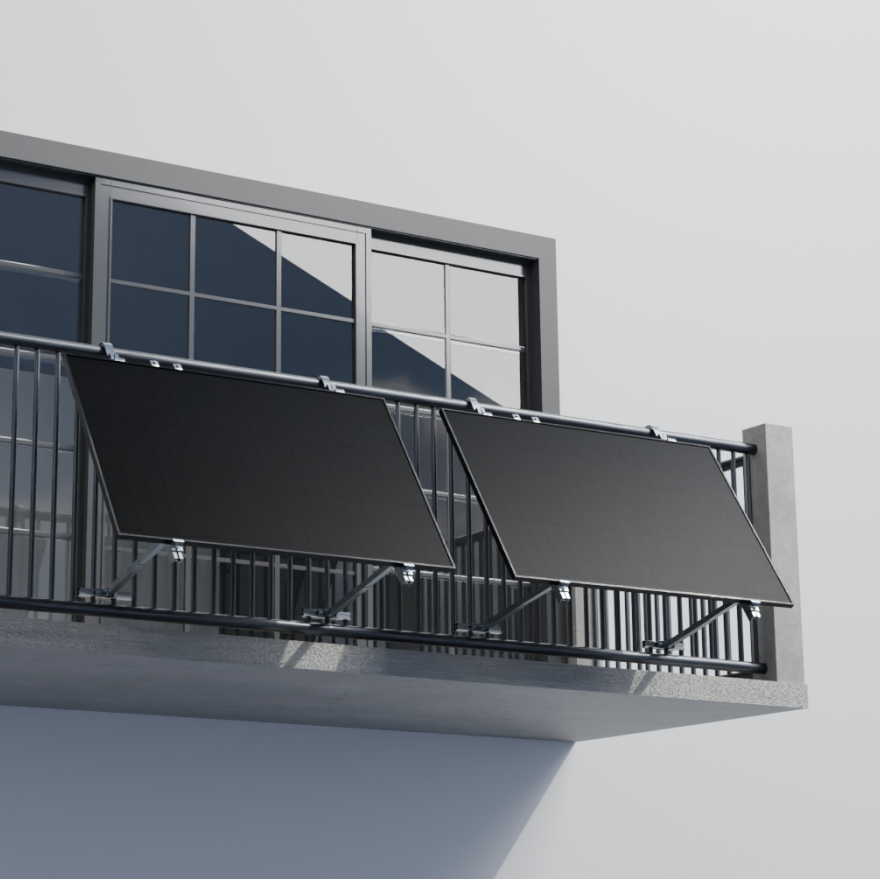
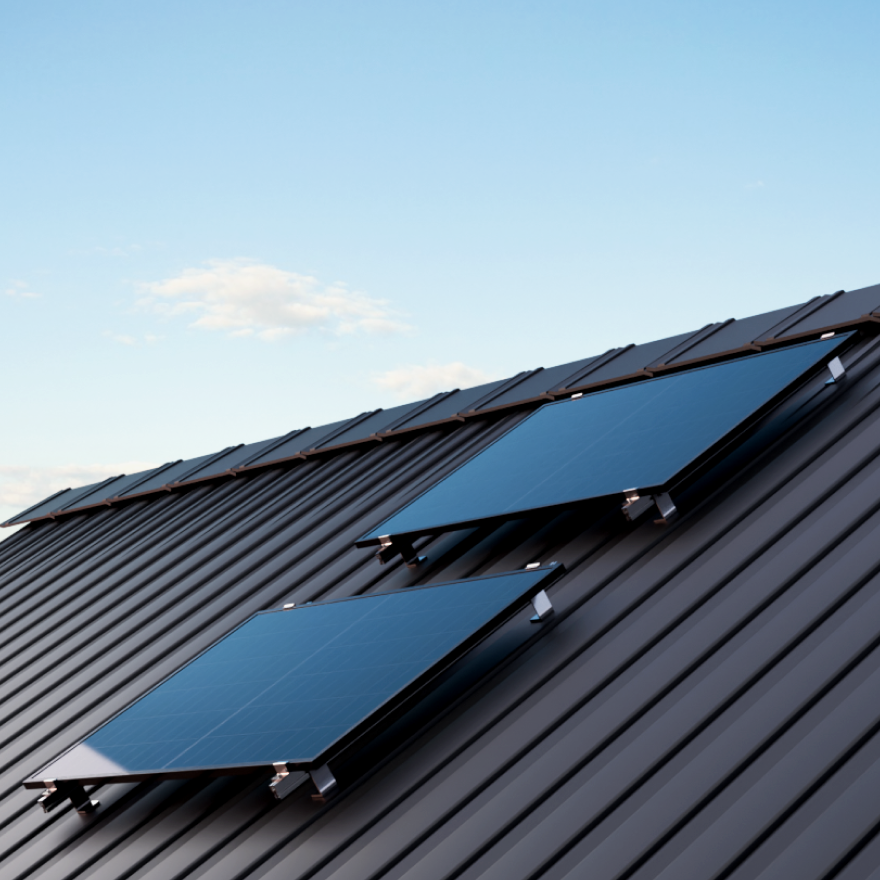
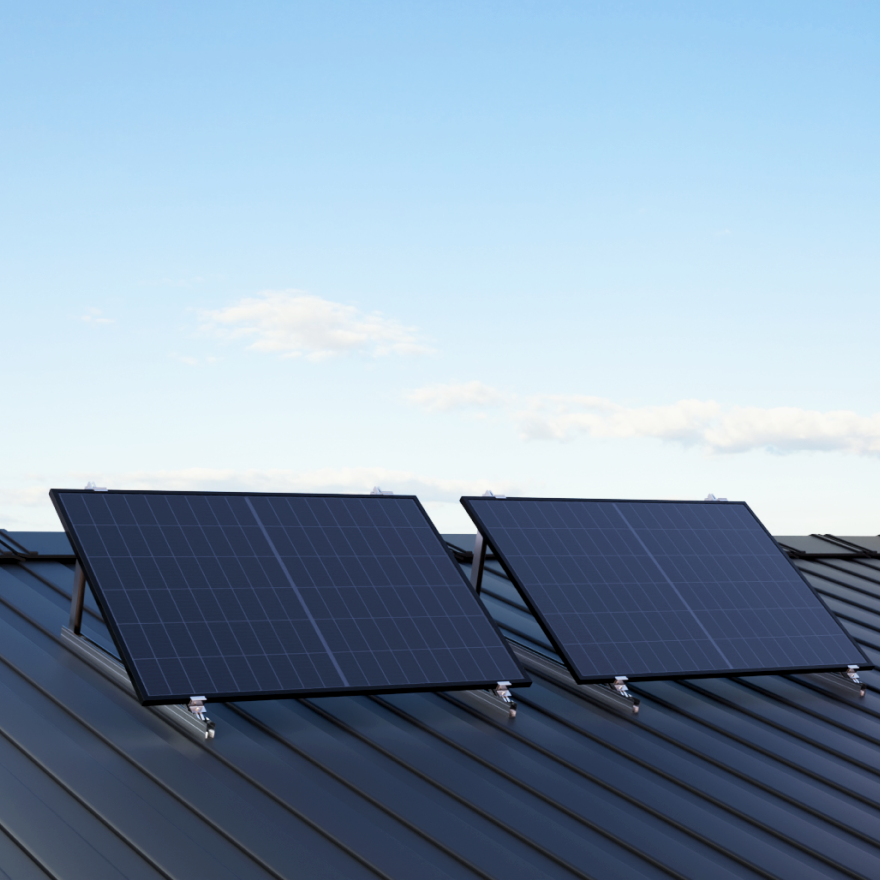


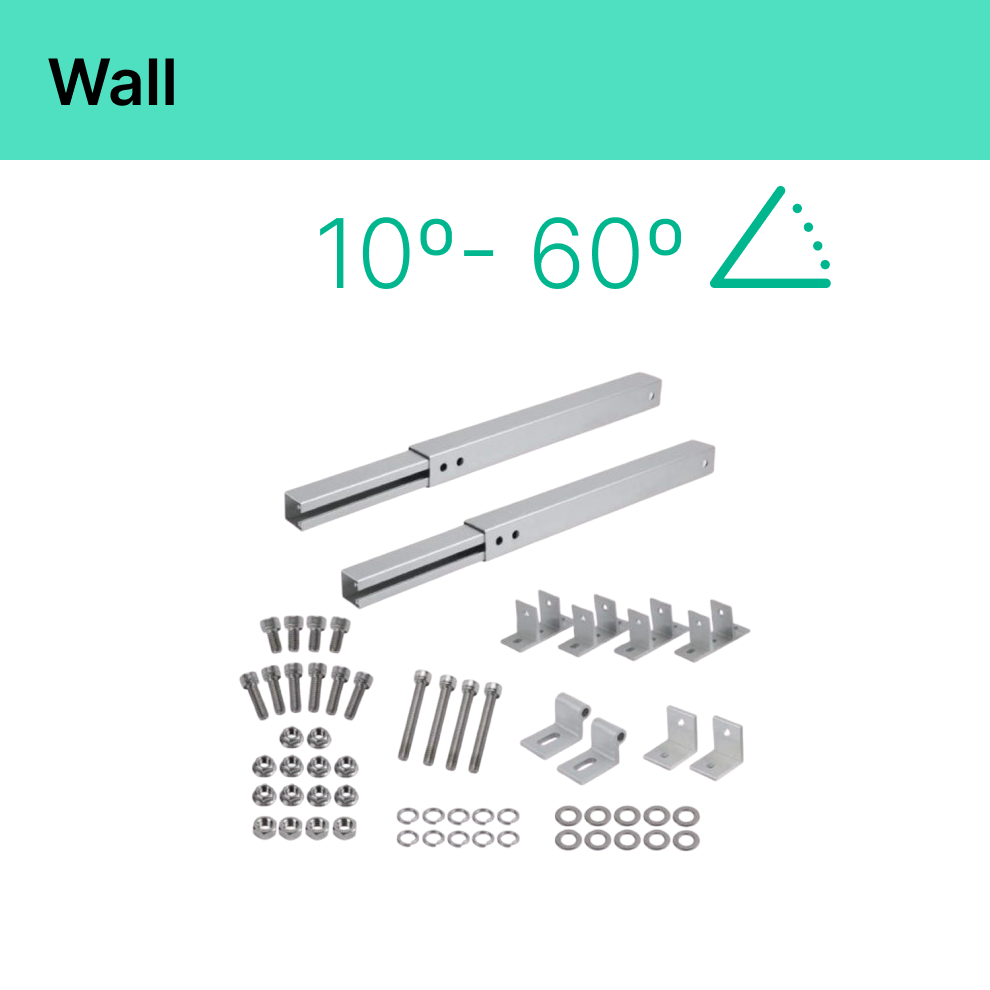
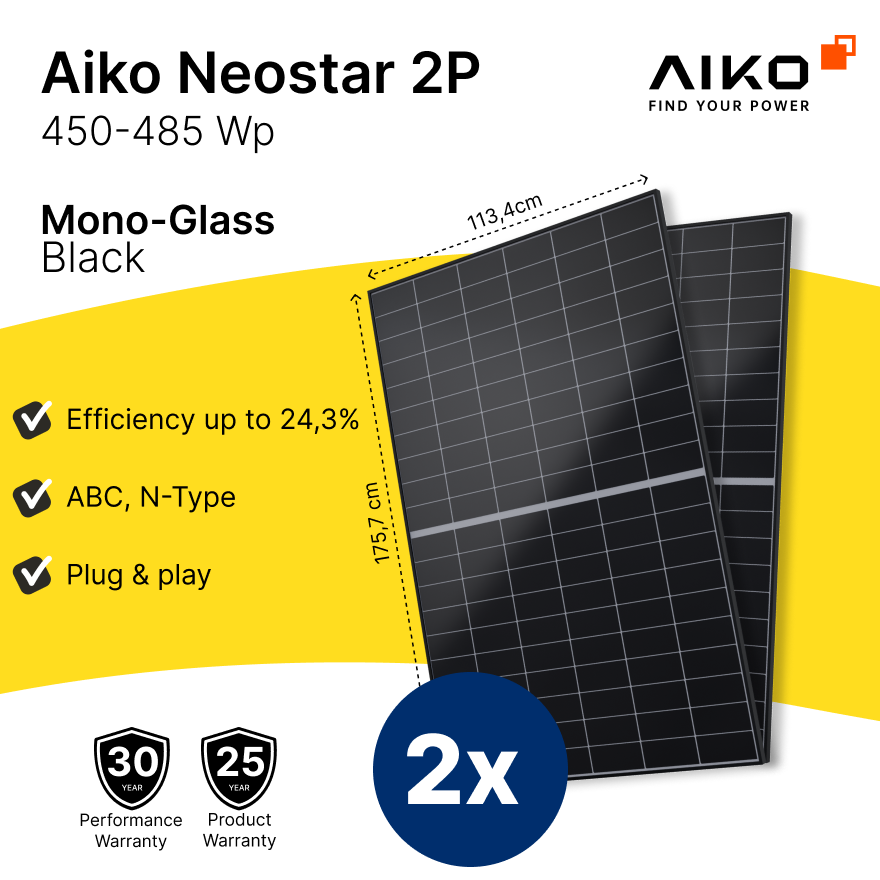
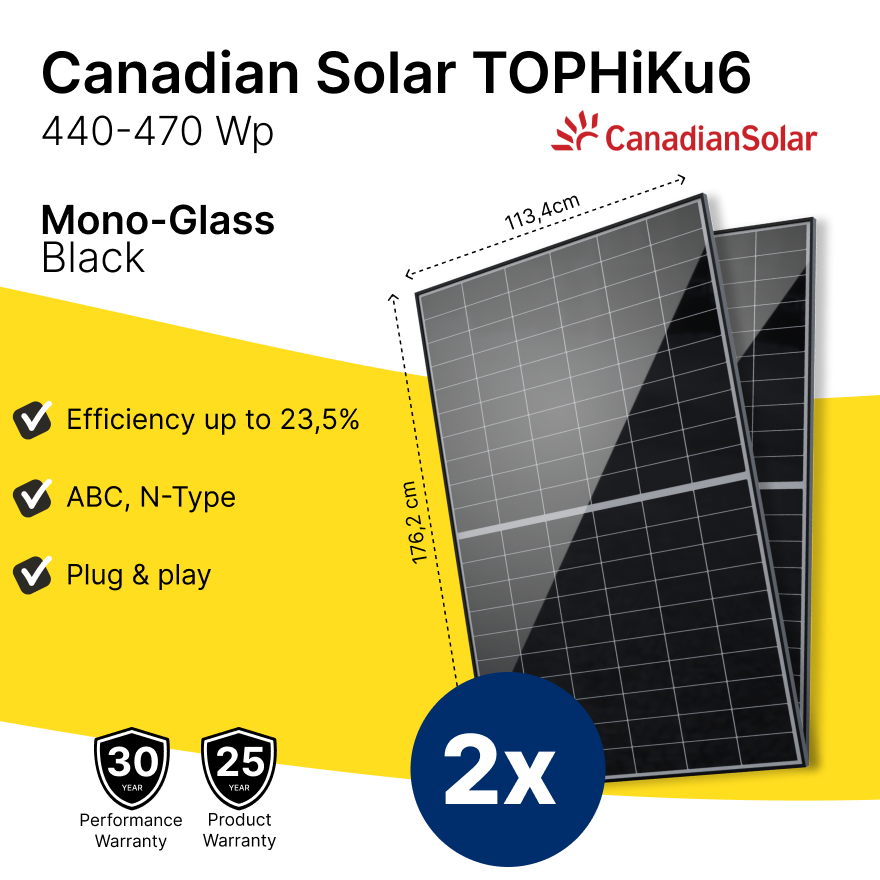
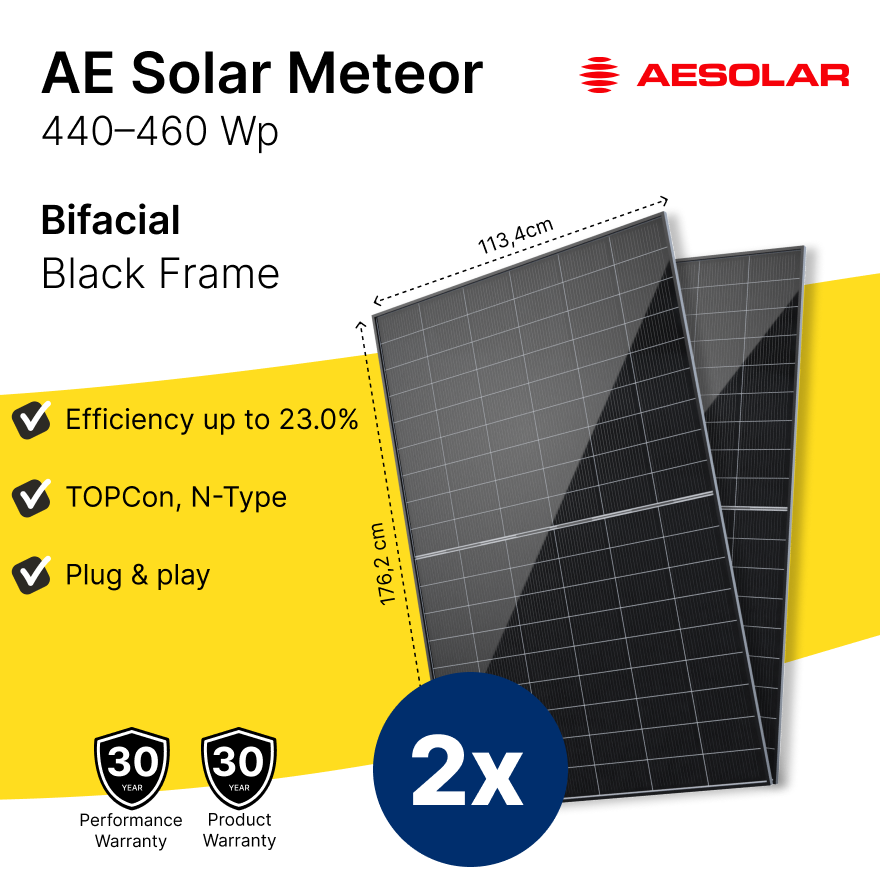

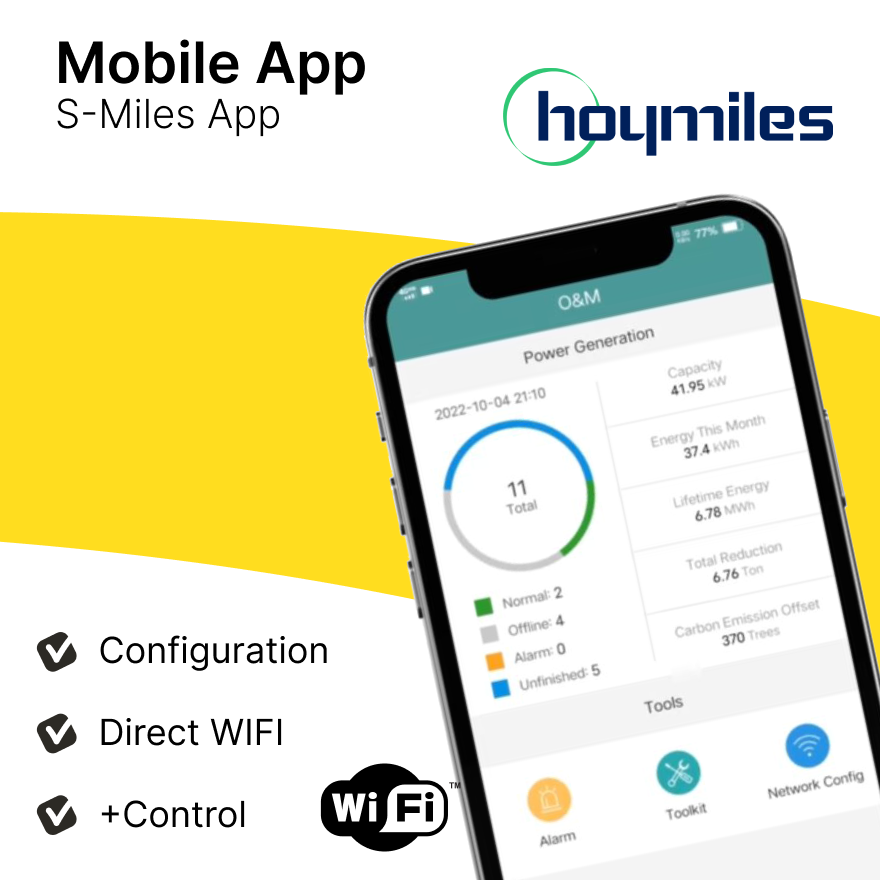


Hinterlasse einen Kommentar
Diese Website ist durch hCaptcha geschützt und es gelten die allgemeinen Geschäftsbedingungen und Datenschutzbestimmungen von hCaptcha.